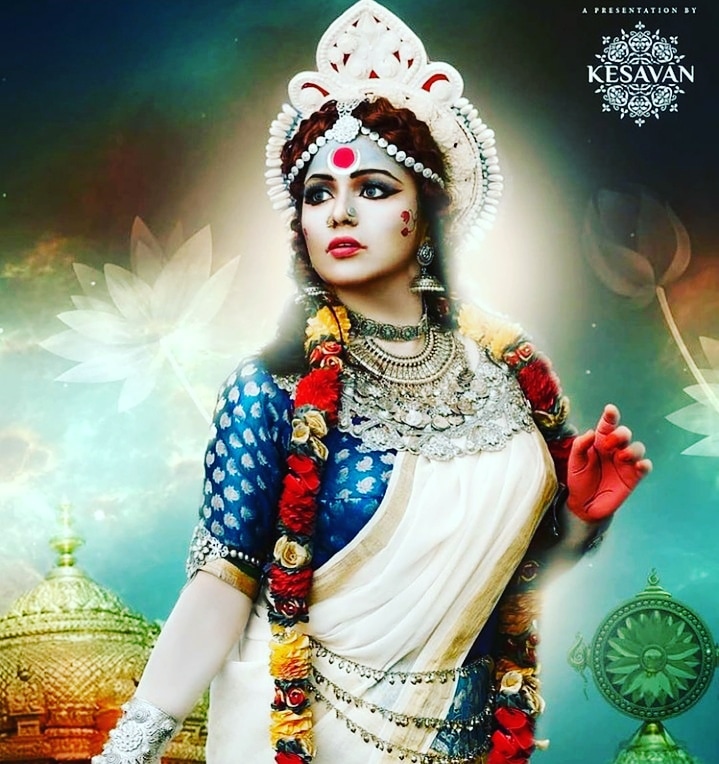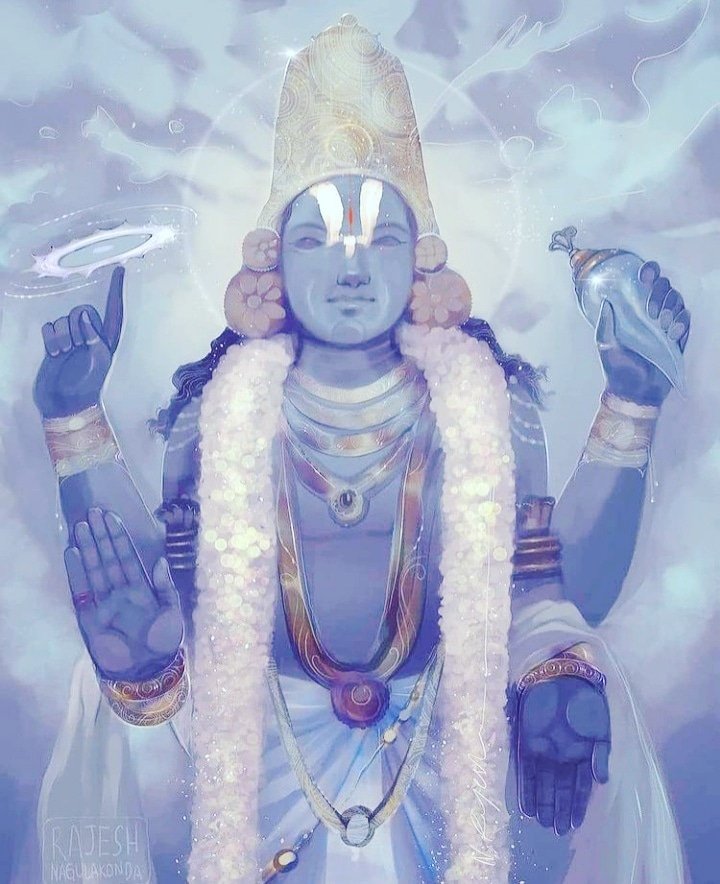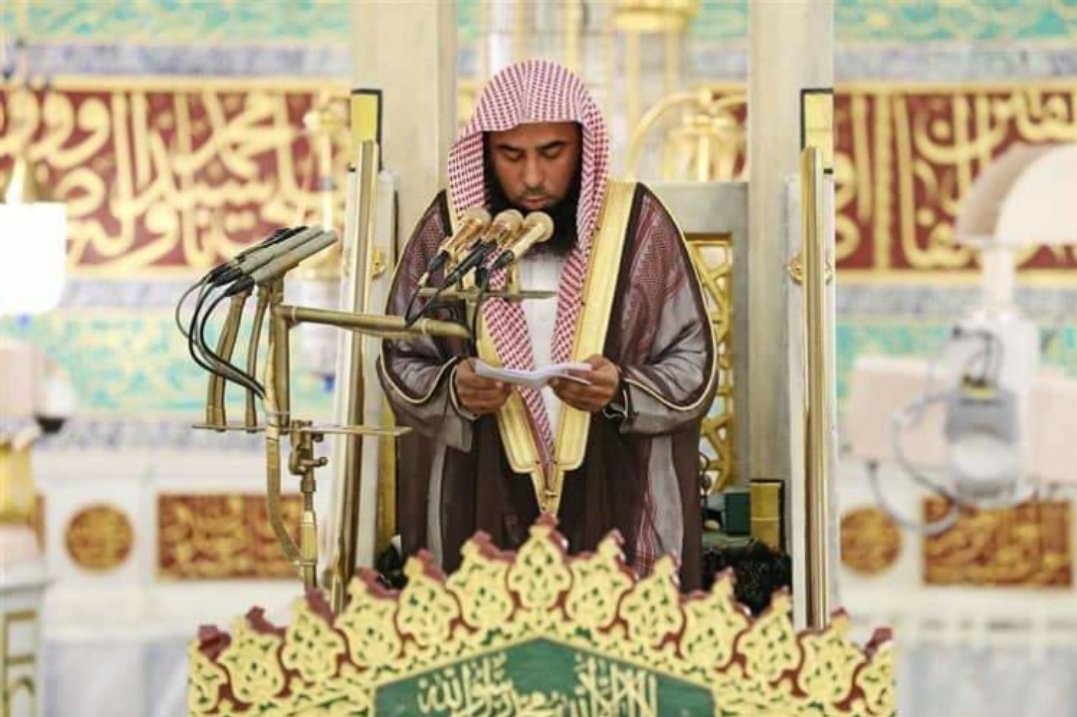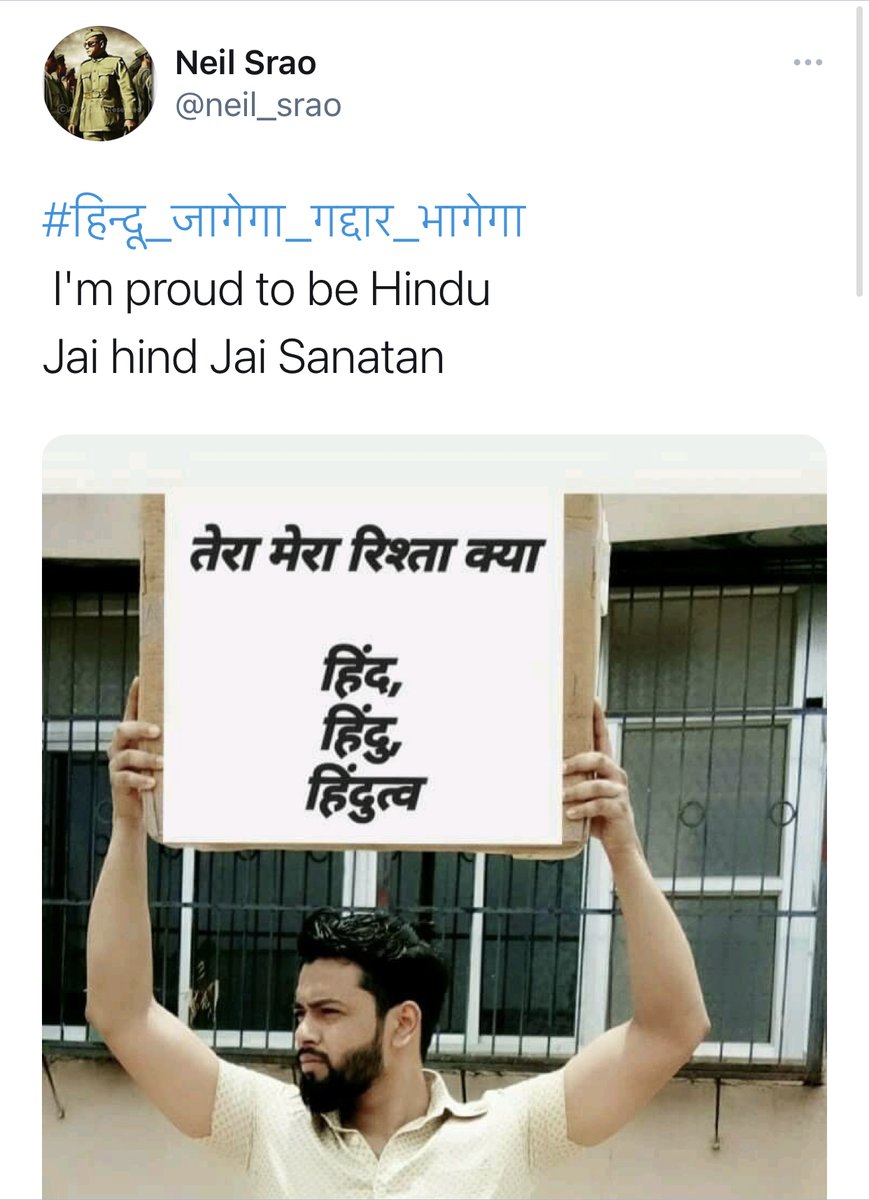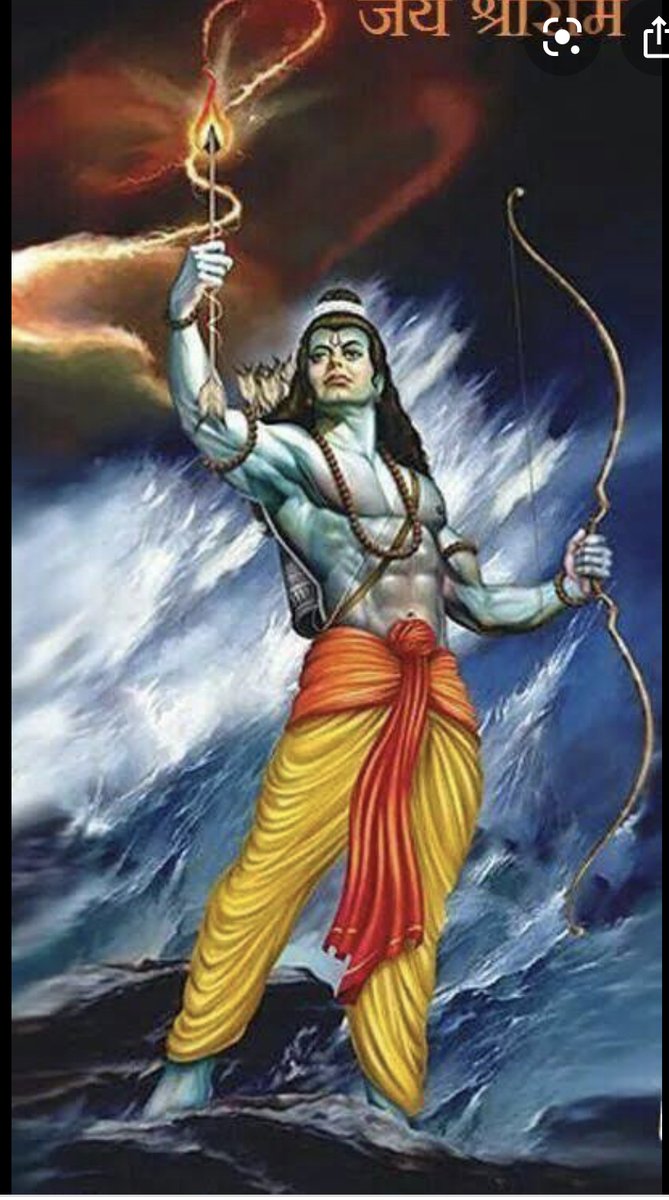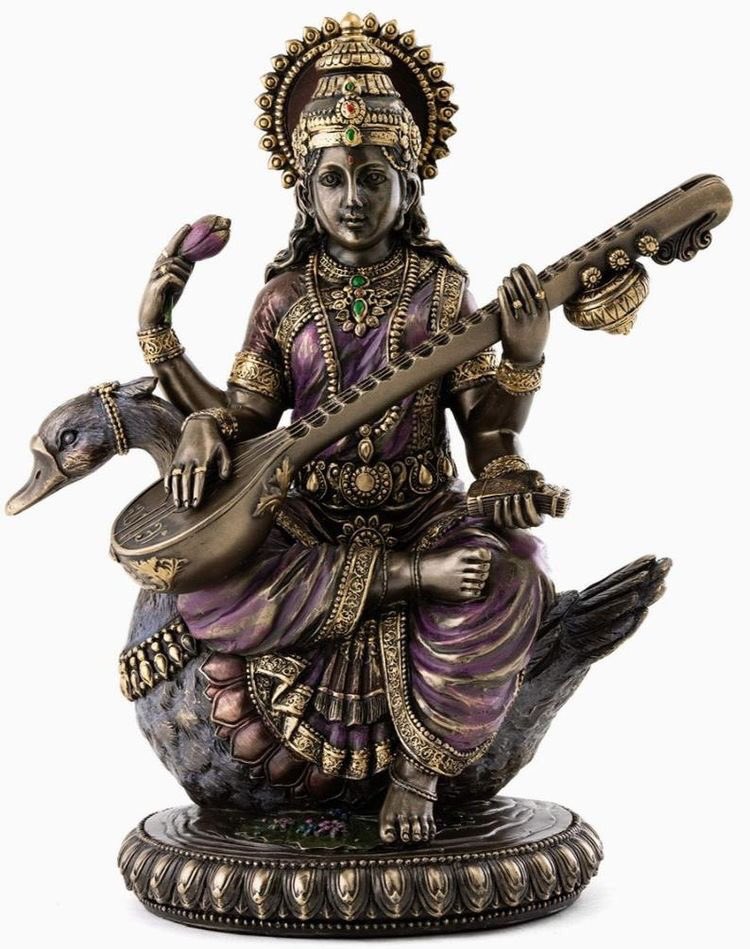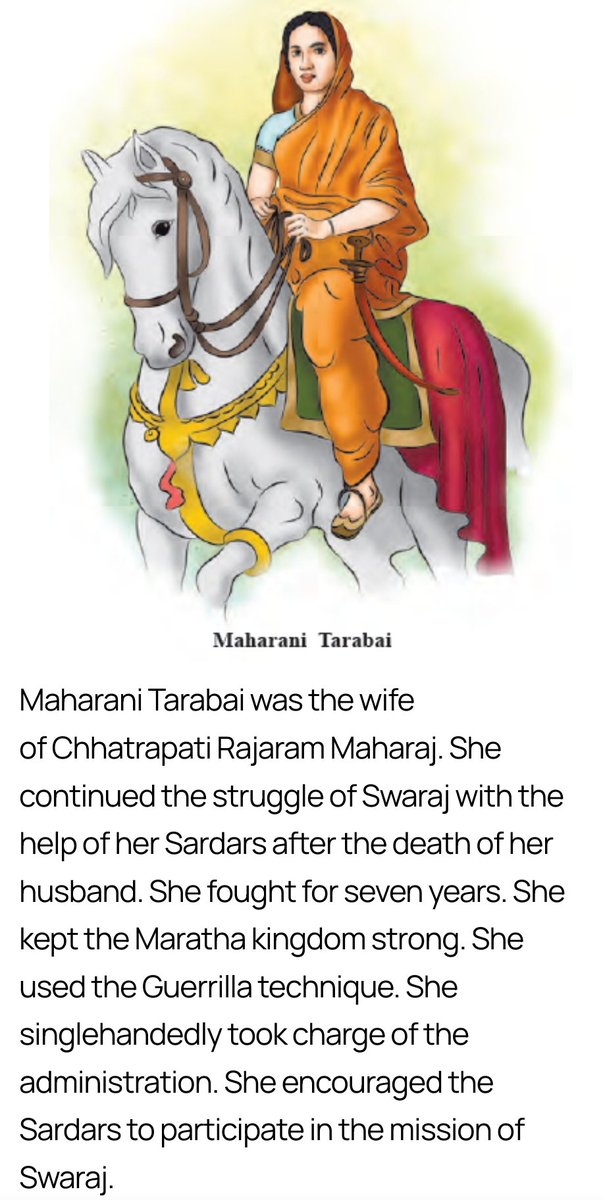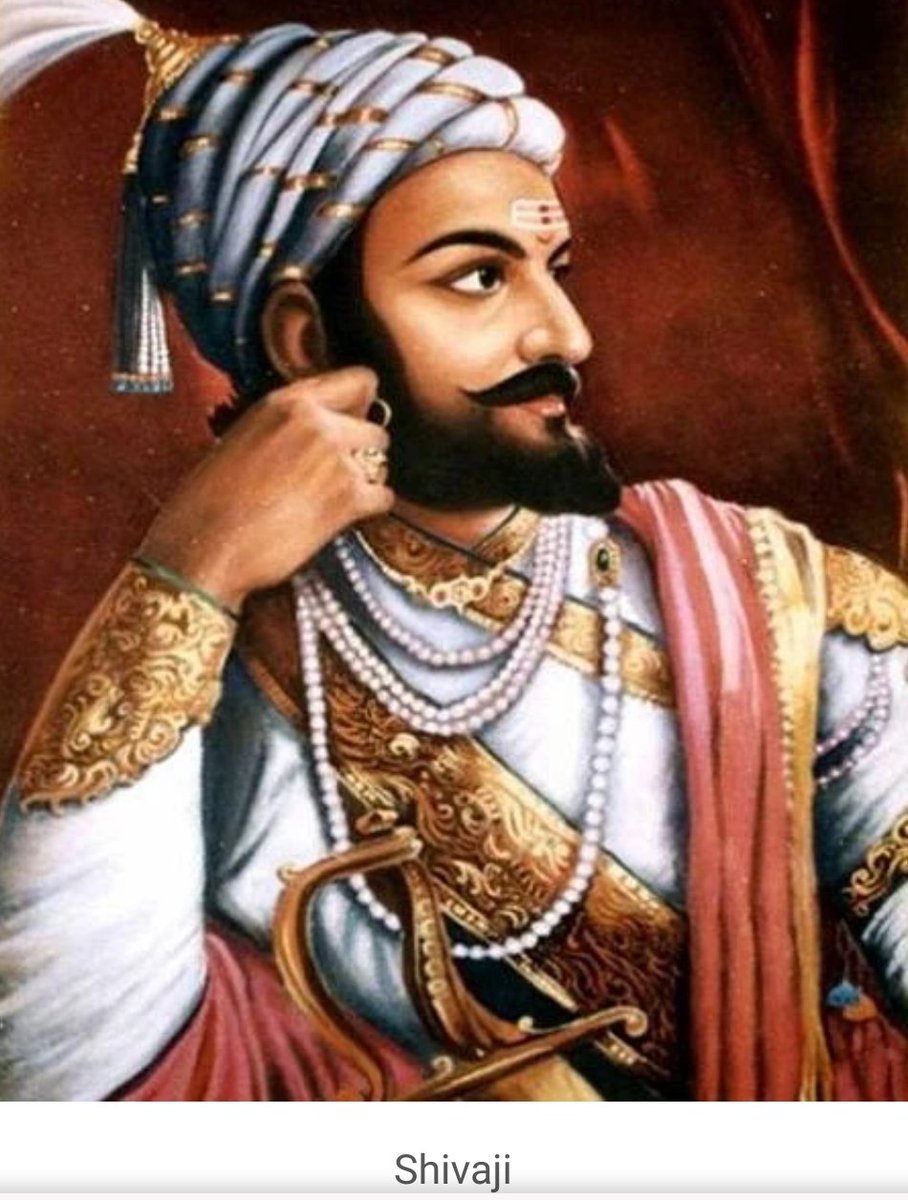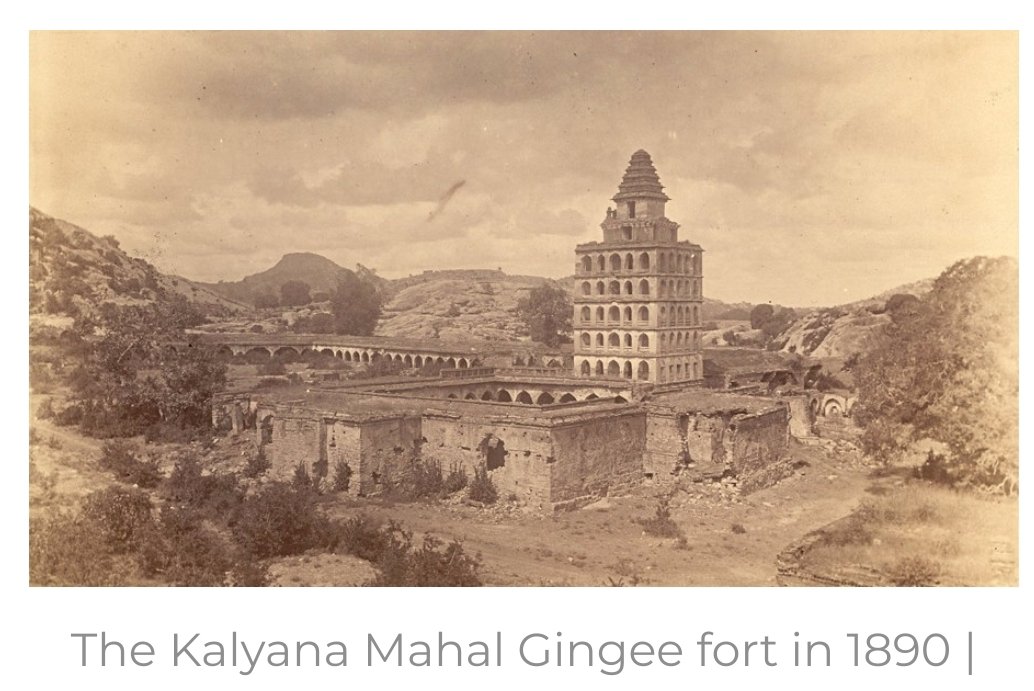In Brahm Puran, Brahma preached this to Marichi. So this Puran of ten thousand shlokas is called Brahm Puran.
STORY OF PURANAS AND SUB PURANA (उप पुराण).
We have already gone through the series on importance & characteristics of all the eighteen Purans. We also know that originally there were hundred crore shlokas but were divided by Vyas in each Kalp and was compiled as eighteen Purans
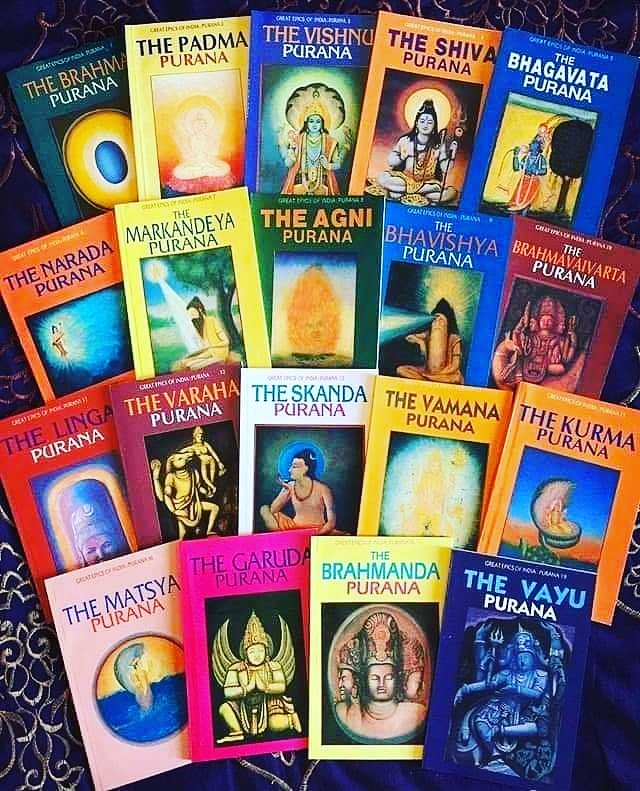
In Brahm Puran, Brahma preached this to Marichi. So this Puran of ten thousand shlokas is called Brahm Puran.
Vishnu Puran is primarily based in Varah kalp. This book is on Vishnu and this book has twenty three thousand shlokas.
In Bhagwat Puran, which is written with the base of Gayatri mantra describes Dharma extensively. It has 18000 shlokas. It also mentions the story of Vritrasur.
Markandeya Puran has nine thousand shlokas and here it is through the birds that Dharma is described.
In Bhavishya Puran, based in Aghor Kalp, Brahma preaches to Manu about the importance of Surya and foresees the future or bhavishya happenings. It has 14500 shlokas.
In Vamaan Puran Brahma describes the importance of Trivikrampur through Dharma, Arth and Kaam. It has ten thousand shlokas.
In Matsya Puran, in the very beginning, Bhagwan in the form of Matsya/fish encourages the Rishis,
Garud Puran describes the origin of Universe as told by Vishnu to Garud. Based in Garud Kalp, this book has 18000 shlokas.
In Brahmand Puran Brahma describes the future Kalps. It has twelve thousand shlokas.
The Sub Purans are as follows
Sanat Kumar
Narsingh
Skand
Nandishwar
Durvaasa
Narad
Kapil
Manu
Ushna
Brahmand
Varun
Kalika
Maheshwar
Saamb
Saur
Parashar
Marichi
Bhargav
So this way we get to know the importance of some in these sub purans.
Instagram link 👇
https://t.co/pidcghlLSe
Facebook link👇
https://t.co/EVyZz1frHQ
https://t.co/A6sXofFJZC
#THREAD
— Anshul Pandey (@Anshulspiritual) January 10, 2021
PURANAS.
SO I HAVE INCLUDED ALL THE PURANAS IMPORTANCE AND CHARACTERISTICS
From BRAMHA PURAN to BRAHMANDA PURAN
This thread is for those ppl who missed my PURAN series. All the Puranas are included in the below thread.
So lets start..... pic.twitter.com/4R9myViMn7
https://t.co/emKZTtHNw9
More from Anshul Pandey
More from Religion
"Hinduism was one of the world's most easy-going faith traditions, famed for it's non-persecutory history."
I can assure you, it is NOT.
It is neither easy-going, nor non-persecutory. In fact it is the very opposite.
Thread.
Modern Hinduism is a British colonial concept, created in concert with Brahmins, who are at the "apex" of the caste system. The word "Hindoo" in fact, is of Persian origin, meaning a person who lives in the Indus valley.
Colonialists who attempted to study Indian religion in the 18th century (NOT, at the time, Hinduism) were baffled by it. Strata of people living distinctly (the caste system) with overlapping gods didn't fit into their Judeo-Christian understanding of religion.
Which has an ecclesiastical authority, a holy book etc., which Indian religions lacked. In studying "The Hindoo", colonialists prioritized textual sources of knowledge, which is where Brahmins, the priestly caste with a monopoly over education/text come in.
Brahminism was a distinct "religion" (although i don't really want to use the term in this way) that was frankly terrorized of other castes. In fact, the very basis of Brahminism is oppression. Brahmins had scholars who recorded *Brahminical* canon textually.
I can assure you, it is NOT.
It is neither easy-going, nor non-persecutory. In fact it is the very opposite.
Thread.
Hinduism was historically one of the world's most easy-going faith traditions, famed for its non-persecutory history. Now this ... pic.twitter.com/Obln4cns7b
— David Frum (@davidfrum) February 3, 2021
Modern Hinduism is a British colonial concept, created in concert with Brahmins, who are at the "apex" of the caste system. The word "Hindoo" in fact, is of Persian origin, meaning a person who lives in the Indus valley.
Colonialists who attempted to study Indian religion in the 18th century (NOT, at the time, Hinduism) were baffled by it. Strata of people living distinctly (the caste system) with overlapping gods didn't fit into their Judeo-Christian understanding of religion.
Which has an ecclesiastical authority, a holy book etc., which Indian religions lacked. In studying "The Hindoo", colonialists prioritized textual sources of knowledge, which is where Brahmins, the priestly caste with a monopoly over education/text come in.
Brahminism was a distinct "religion" (although i don't really want to use the term in this way) that was frankly terrorized of other castes. In fact, the very basis of Brahminism is oppression. Brahmins had scholars who recorded *Brahminical* canon textually.
You May Also Like
"I lied about my basic beliefs in order to keep a prestigious job. Now that it will be zero-cost to me, I have a few things to say."
We know that elite institutions like the one Flier was in (partial) charge of rely on irrelevant status markers like private school education, whiteness, legacy, and ability to charm an old white guy at an interview.
Harvard's discriminatory policies are becoming increasingly well known, across the political spectrum (see, e.g., the recent lawsuit on discrimination against East Asian applications.)
It's refreshing to hear a senior administrator admits to personally opposing policies that attempt to remedy these basic flaws. These are flaws that harm his institution's ability to do cutting-edge research and to serve the public.
Harvard is being eclipsed by institutions that have different ideas about how to run a 21st Century institution. Stanford, for one; the UC system; the "public Ivys".
As a dean of a major academic institution, I could not have said this. But I will now. Requiring such statements in applications for appointments and promotions is an affront to academic freedom, and diminishes the true value of diversity, equity of inclusion by trivializing it. https://t.co/NfcI5VLODi
— Jeffrey Flier (@jflier) November 10, 2018
We know that elite institutions like the one Flier was in (partial) charge of rely on irrelevant status markers like private school education, whiteness, legacy, and ability to charm an old white guy at an interview.
Harvard's discriminatory policies are becoming increasingly well known, across the political spectrum (see, e.g., the recent lawsuit on discrimination against East Asian applications.)
It's refreshing to hear a senior administrator admits to personally opposing policies that attempt to remedy these basic flaws. These are flaws that harm his institution's ability to do cutting-edge research and to serve the public.
Harvard is being eclipsed by institutions that have different ideas about how to run a 21st Century institution. Stanford, for one; the UC system; the "public Ivys".


